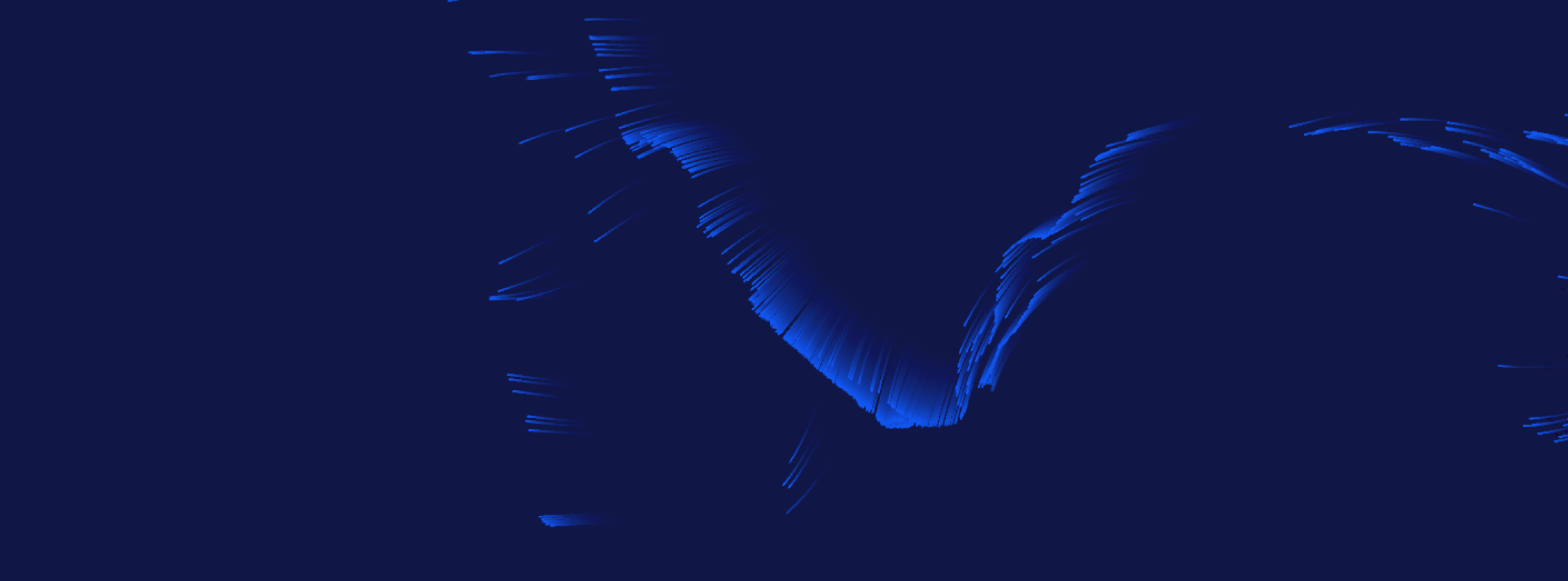Aided by advanced photo technology, the company APIteq produces visual maps of land-based oil and gas installations. The next step is to take the solution subsea.
– In practice, what we do is to take high-resolution images of oil and gas installations, which we then add together to create a complete, 360 degree photo, says one of the founders of the company, Anne-Jorun Kleven.
In addition to the purely visual, the files contain advanced measurement information for various parts of the installation as well as a radar function ensuring that you always know where on the installation you are.
– It is in many ways an advanced Google Earth image of the installation. This will allow the customer to move around the installation from the office. The mapping that can be used to provide an overview of any maintenance work, and is also useful when changes to the installation are to be made, says Kleven.
Upcoming company of the year
The technology and software used have been developed together with APIteq’s partners in Germany. So far, the company has focused on onshore and offshore installations, but is now looking to take the step down onto the seabed. As a result, it has taken part in Subsea First Step, a development program initiated by NCE Subsea, the University of Bergen and Bergen Teknologioverføring (BTO). Participating in this, or an equivalent, program is a prerequisite for nomination for the Subsea Upcoming Company of the Year award. Of all the companies taking part in 2013, the winner was APIteq which received the award from NCE Subsea, Sparebanken Vest, Connect Vest and the Underwater Technology Foundation during the Underwater Technology Conference this week.
– We are of course very happy with this. It is a recognition of the work performed by us and the company’s employees, and is also a great motivator in terms of continued efforts, says Ingrid Lydvo, Business Developer at APIteq.
Great need
APIteq was established in 2005, and has today offices in several of the large oil hubs across the world. Lydvo and Kleven are confident there is a great need for technology of this type.
There are numerous subsea installation for which the maintenance requirements and the actual condition are not known. Our technology can help provide increased control and better overview of maintenance requirements, says Lydvo.
Several national and international companies are already on the customer list, including Statoil, Gas de France, BP and Seadrill to mention a few. In addition to going subsea, the company would like to further develop the solution to produce 3D models of subsea installations.
– The measurements we take are extremely accurate, which of course is a requirement. By producing 3D models and visualisation material of existing installations we can contribute to improved control of installations, something that will be cost-effective in the long term, says Lydvo.
The winner of the “Student of the Year – Subsea Technology – Operation and Maintenance” award was Kristoffer Sjumarken, who was voted for by his fellow students.


